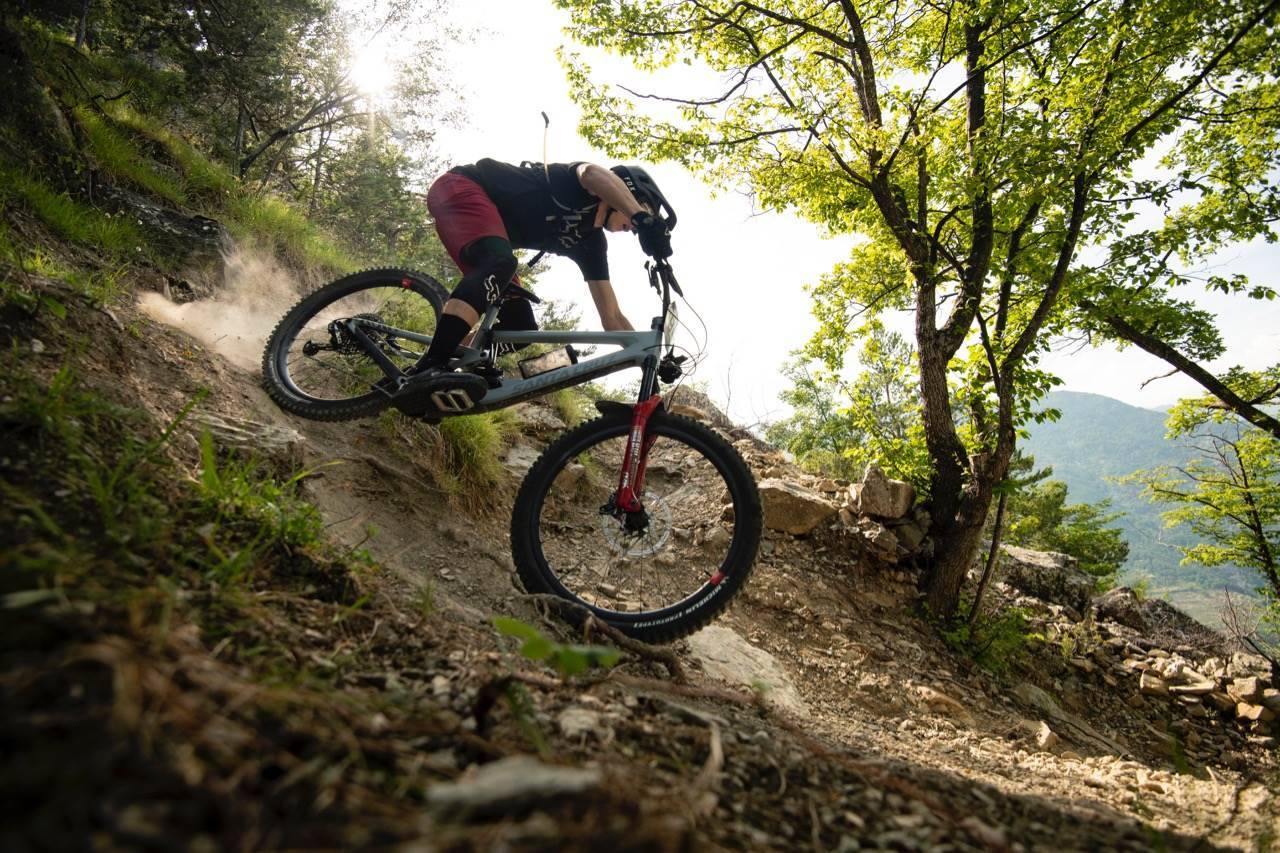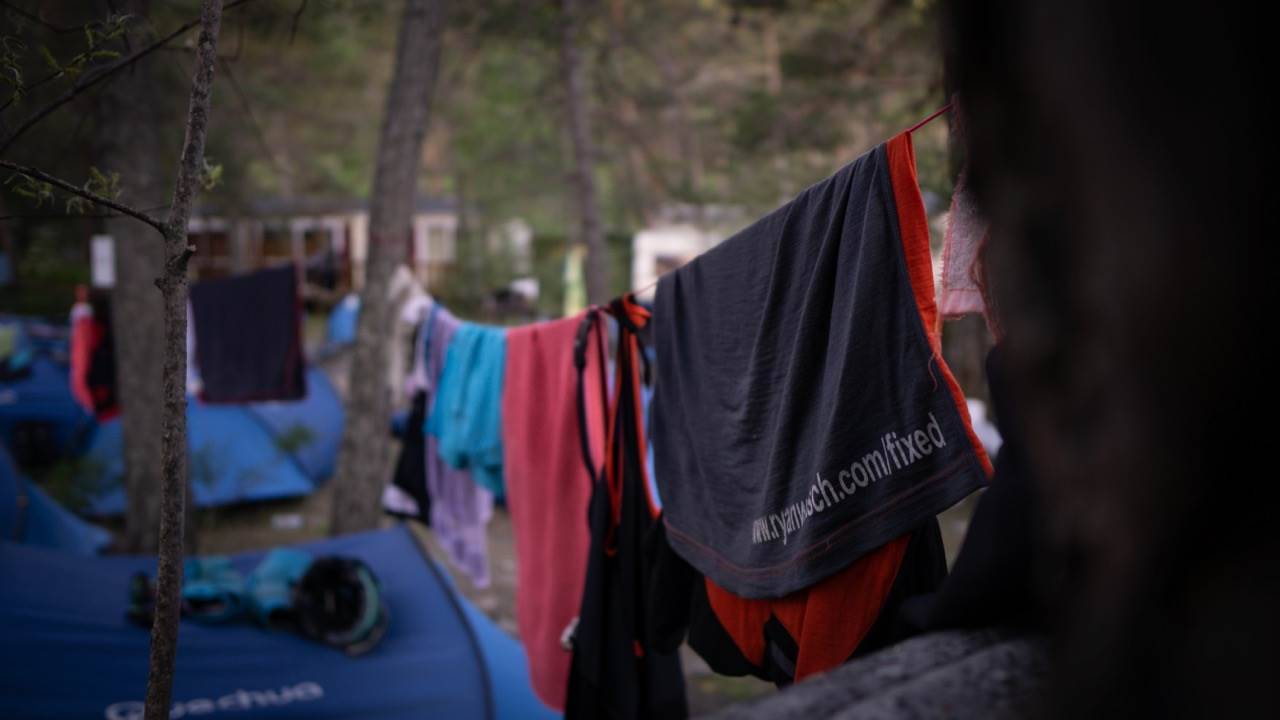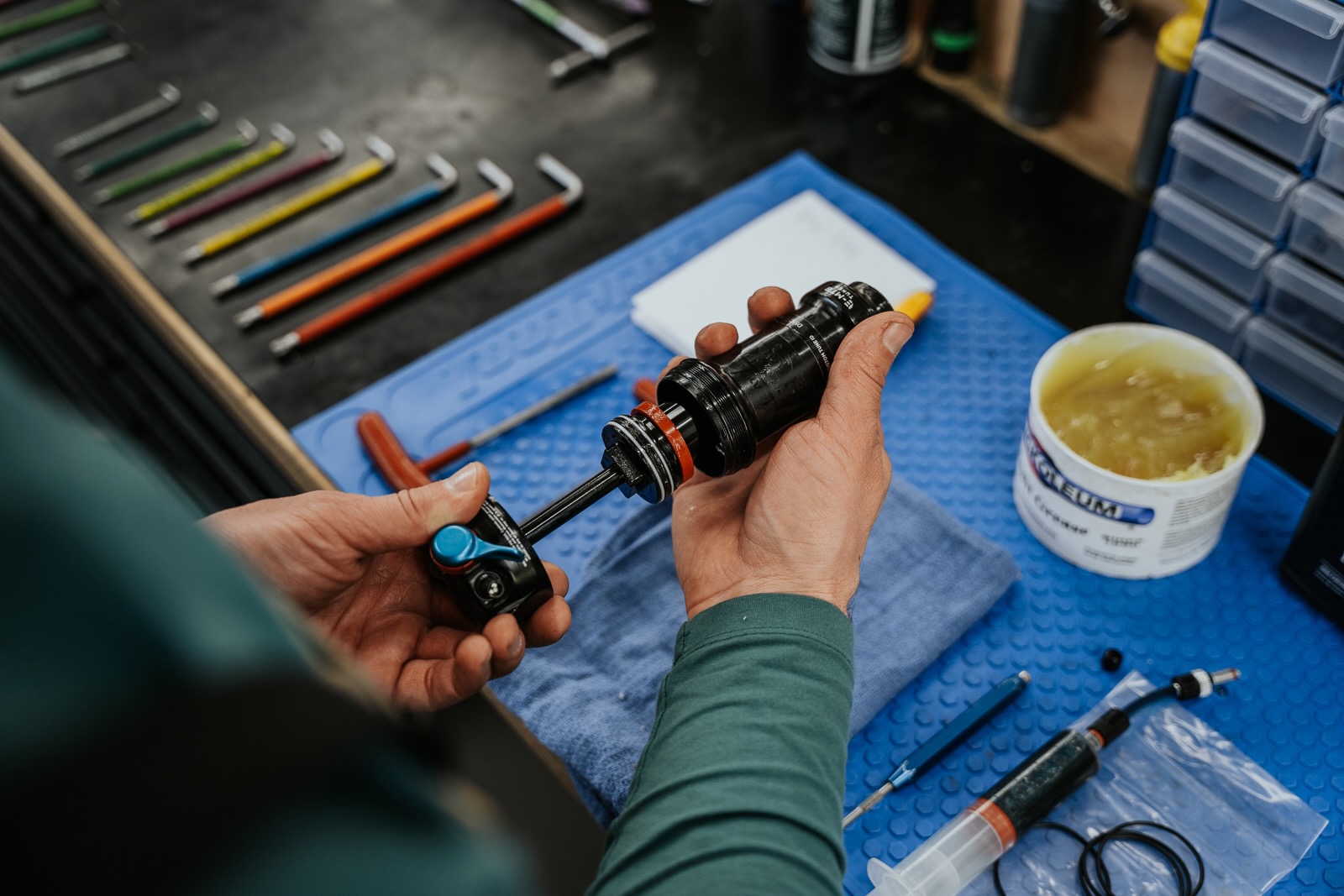Trans Provence Gallery
Extended gallery of the epic Trans Provence and bike check!
Words: Ryan Walsch Photos: Sam Needham and Ryan Walsch
In the southwest of France, the Maritime Alps form a border between the French Provence-Alpes-Cote-d’Azur department and Italy. From the Mediterranean Sea the Maritime Alps tower above the coastline with jagged rock formations, scree and dense woodlands riddled with ancient and vast trail networks from days of old. It is in these ranges that some of the world’s greatest mountain bikers have honed their skills on extremely narrow and technical trails since our beloved sport was born. – Read about the Trans Provence Experience HERE
Click through the extended gallery above to see the sights of Trans Provence and see what bike Ryan Walsch tacked this epic adventure on below.
My bike at Trans Provence 2019
There are many so many genres and sub genres getting around it’s all getting a bit out of hand. Basically riders need a reliable and sturdy trail bike, something that’s going to take on big days of climbing and hike-a-bike and huge days of descending, simple sort of. You could either go to a big hitting Enduro rig and sweat it out on climbs and hikes or go the lighter and more dainty approach and run the risk of it rattling itself to bits mid-event.

Being young and inexperienced last time I raced Trans Provence, I put a lot more thought into my bike this year choosing the Specialized Stumpjumper. Slightly under-gunned and on 27.5 inch wheels previously, I knew that long rough days could be made easier by bigger 29 inch wheels and more modern geometry. In addition to 29 inch wheels, tyre and rim technology has come in leaps and bounds since 2015 and I knew this would be key in surviving the week.
For tyres I chose Michelin’s Wild Enduro tyres, with the front specific Magi-X compound up front (the softest) and Rear specific Gum X compound on the rear (not quite as soft). These >1kg tyres were mounted onto Crank Brothers Synthesis DH29 wheels with I9 Hydra hubs and CushCore Pro inserts with 100ml of Orange Seal sealant. With 23 kilometres of vertical descending on the cards, blind, mistakes and poor lines would be ridden and I was taking no chances. In my pack’s waist belt and what I though would be the most accessible spot tubeless tyre plugs were loaded and ready to jam through any mid to large holes that could occur while riding. Also in the same pouch was a CO2 inflator to get me pumped up quickly.

With the first stage descending more vertical metres than a whole club Enduro round back home, brakes were an easy choice. The consistent and predictable feel of SRAM’s Code DH brakes paired with 200mm rotors front and rear worked flawlessly the whole event, even if my cramping hands barely had the strength to squeeze the levers. I like how the Code’s perform when used heavily and are super hot, it’s in these situations that brakes are needed most.
SRAM’s XO/XX1 Eagle group set was again an easy choice with its huge range, low weight, crisp shifts and a solid rear mech. I used shorter 170mm cranks for clearance over the jumble and even remembered to go down to a 32t from a 34t chainring before leaving. With a spare derailleur at camp and a chain and hanger with me, I was relieved that none of my spares would be needed in the end.

A Fox 36 was my go to fork, this year running 160mm paired with Fox’s DPX2 rear shock. For me, I really like having adjustable high and low speed rebound up front and the 36 allows me to get the front wheel tracking just the way I like it and maintain as much grip as possible on loose and unknown corners. I opted for an air shock as making small adjustments due to gradient/pack weight are much easier. It’s one thing to have your bike setup back home but when you arrive, the terrain is much steeper than home and being able to make changes getting my body position dialled were important. Air shocks get super hot with long relentless descents and I packed a spare set of seals/lubricants just in case.
Touch points can be easily overlooked and provide hours of agony if wrong. Ergon GA1 grips offer a low profile and fatigue reducing compound and shape which helps on rougher trails I raised the stem by 15mm and flattened out the brake levers slightly too as the steep gradients require you to get back a tad further than the local. A WTB Rocket V and Time ATAC DH pedals kept the undercarriage comfortable and attached to the bike with super easy release and the easiest cleat engagement around for some foot off action.

To keep excess weight off my back, I had the following stowed in my frames SWAT compartment hidden neatly in the downtube, arranged so that the most important things were just under the cover:
– 2 x tubes
– a handpump
– 2 x CO2 canisters
– more Slugplugs
– Weldtite tubeless repair plugs
– spare cable and ferrules
– chain links and quick links
– deraileur hanger
– tyre boots and patches
– gaffer tape and super glue
– a space blanket.
With the frame and wheels jam packed full of goodies the whole package weighed in at 15.7kgs and tracked like it was on rails, bikes are less skittish and better behaved when running heavier tyres and this was appreciated.


























